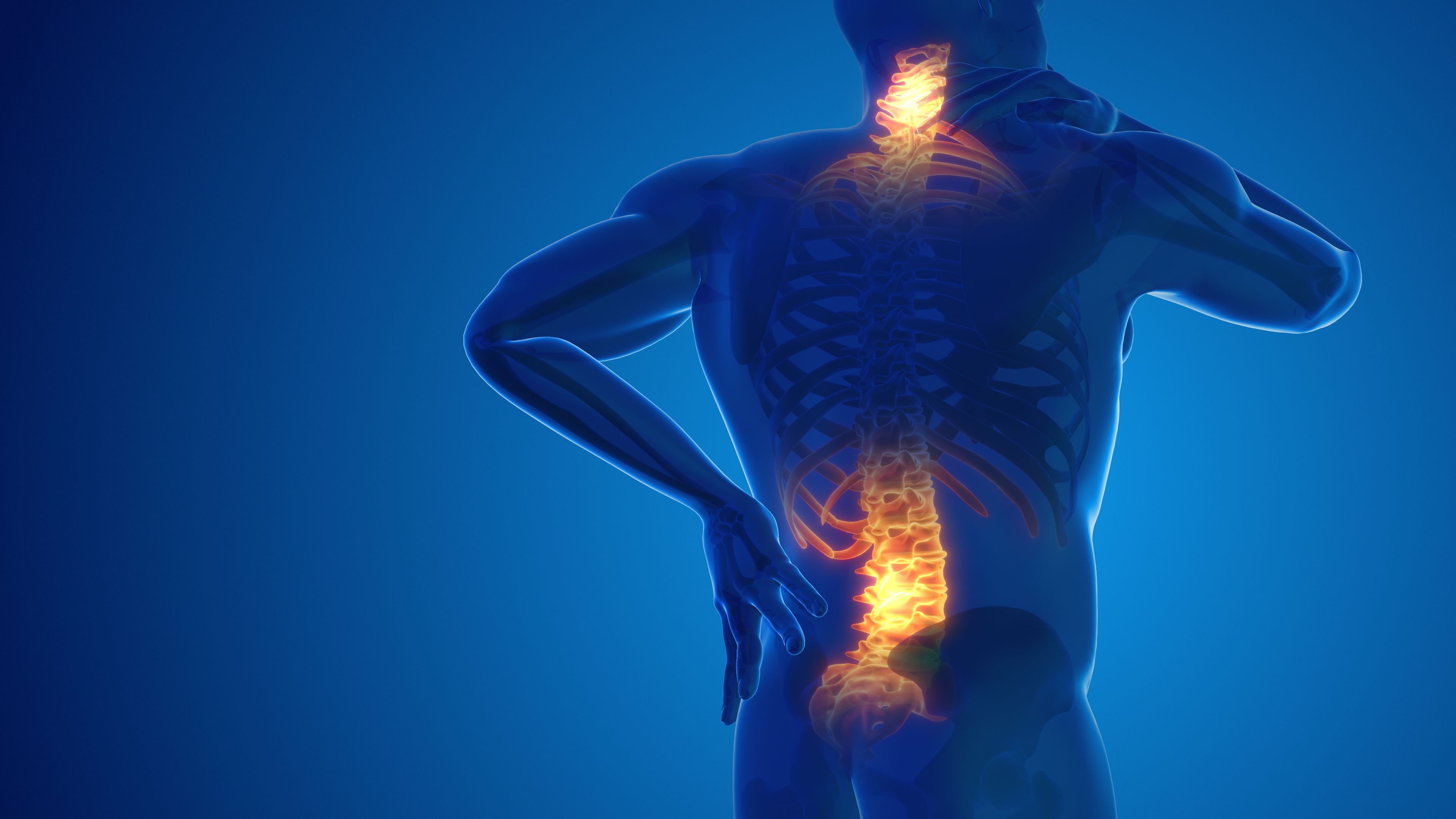Understanding the Medical Massage Industry: A Respectful Approach
Introduction to Medical Massage
Medical massage is a specialized form of therapy that has gained significant attention in recent years due to its therapeutic benefits. This approach is distinct from the more commonly known relaxation-focused massages, as it is specifically tailored to address medical conditions and injuries. Understanding the nuances and potential of medical massage is crucial for both practitioners and clients seeking holistic health solutions.

The Role of Medical Massage Therapists
Medical massage therapists are extensively trained to work with individuals who have specific health issues. Unlike spa massage therapists, their education includes a deep understanding of anatomy, physiology, and pathology. They collaborate closely with healthcare providers to develop a treatment plan that aligns with the medical needs of their clients.
Therapists use a variety of techniques to target problem areas and promote healing. This can include myofascial release, trigger point therapy, and neuromuscular therapy, among others. Each technique is chosen based on the client's specific needs and medical history.
Common Conditions Treated
The versatility of medical massage makes it an effective treatment for a range of conditions. Some of the most common issues addressed include:
- Chronic pain management
- Fibromyalgia
- Sports injuries
- Post-surgical recovery
- Headaches and migraines

Benefits of Medical Massage
Medical massage not only aids in pain relief but also improves overall health by enhancing circulation, reducing inflammation, and promoting relaxation. These benefits can significantly improve a patient's quality of life, making it a valuable component of a comprehensive treatment plan.
Moreover, medical massage can help reduce reliance on pain medication, offering a natural alternative for managing pain. This is especially beneficial for individuals seeking to avoid the side effects associated with long-term medication use.
Working Together with Healthcare Providers
A respectful approach to medical massage involves collaboration between massage therapists and healthcare providers. This partnership ensures that the treatment is safe and effective, complementing other medical interventions such as physiotherapy or chiropractic care.

By maintaining open communication, medical massage therapists can provide feedback on a client's progress, allowing healthcare providers to adjust treatment plans as necessary. This integrative approach results in better outcomes for patients.
Choosing the Right Medical Massage Therapist
When seeking medical massage therapy, it's important to choose a qualified therapist with the appropriate credentials and experience. Look for therapists who are certified and have specialized training in medical massage techniques. It’s also beneficial to ask for recommendations from healthcare providers or read reviews from other patients.
A skilled therapist will conduct a thorough assessment before beginning treatment, ensuring that each session is tailored to address specific health concerns effectively.
Conclusion
Understanding the medical massage industry requires acknowledging its role within the broader healthcare landscape. By adopting a respectful approach that emphasizes collaboration and personalized care, medical massage can offer significant benefits to those in need of targeted therapeutic interventions. As awareness grows, so too does the opportunity for individuals to experience the profound healing potential of this specialized form of therapy.